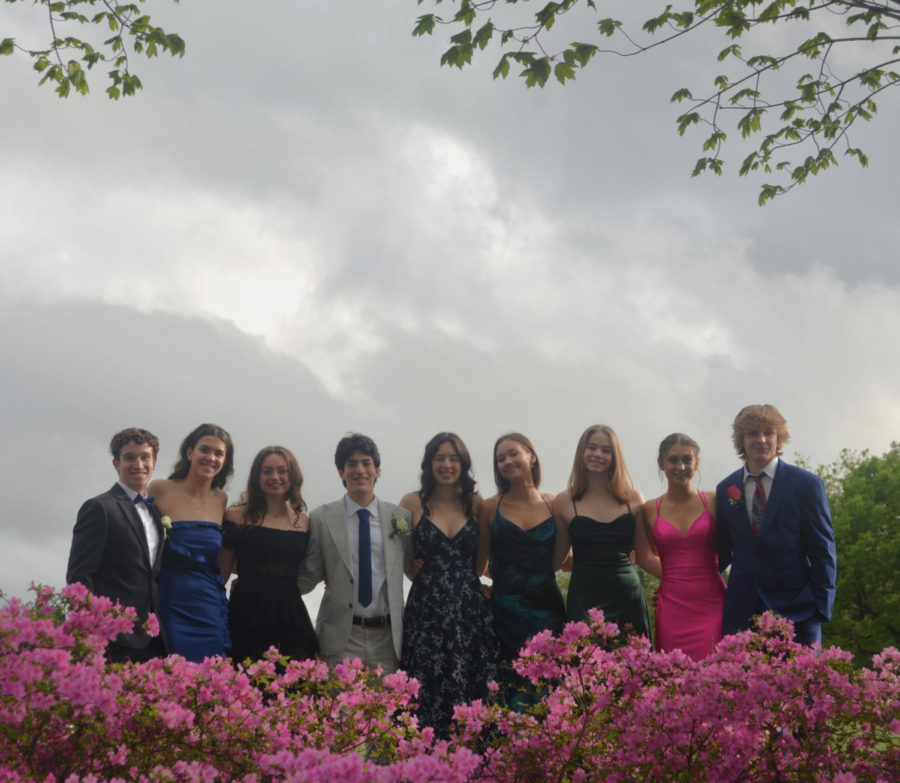“Lost” Ancient Egyptian Sun Temple Discovered
December 13, 2021
Archeologists working at the Abu Ghurab dig site in northern Egypt have discovered new remnants of an ancient sun temple that is estimated to be close to 4,500 years old. The new ruins were discovered underneath another previously discovered sun temple. The Pharaohs of Egypt’s fifth dynasty had built six such structures, but only two had been found until now.
The temple that it was buried beneath was dedicated to the sixth king of the dynasty Nyuserra and was discovered in 1898. However, the archeologists working during the initial excavation missed the second temple buried underneath. As the co-director of the current excavation Massimiliano Nuzzolo says, “The archeologists of the 19th century excavated only a very small part of this mud-brick building below the stone temple of Nyuserra and concluded that this was a previous building phase of the same temple. Now our finds demonstrate that this was a completely different building, erected before Nyuserra.” Some of the artifacts discovered inside the older temple include seals engraved with the names of kings, dozens of intact beer jugs, and portions of a limestone threshold and entrance portico. Some of the jars are also filled with ritual mud, which was only used in specific religious rituals and the pottery has been dated to the mid-25th century BCE, one to two generations before Nyuserra lived.
These temples were only built during the 5th dynasty and were meant to establish the rulers of the dynasty as gods in the eyes of the people while they were still alive, unlike the pyramids which were meant to affirm that status after death. These structures also had their own agricultural land and staff to work on them similar to the staff of the pyramids and received donations on festival days. Some scholars have speculated that the six temples may have just been renamed and updated older temples. However, the recent excavation quickly made clear that these temples were completely separate structures. The research team used the layout and building materials along with the artifacts inside to help them date the newly discovered temple as older than the one built on top of it showing that they were indeed separate buildings.
The layout of the newly discovered structure is similar to the temple of Nyuserra being constructed of stone. The older temple was constructed from mudbrick which is a fairly nonpermanent material which as Nuzollo states in an interview may be why we haven’t found the other three. “This may have facilitated their disappearance during the course of the centuries. Moreover, mud-brick buildings can be easily demolished and buried under other constructions, as it probably happened in our case.”
Another piece of evidence used by the researchers working in this excavation to differentiate the buildings was that there is no evidence that the Egyptian kings built temples with bricks and then rebuilt them later using stone. “Usually it happens that when a king for some reason is in a hurry he builds the monument in mud bricks with key elements in stone,” said Nuzzolo, who thinks that these findings make it likely that some of the other sun temples were also built using mud bricks with a few stone elements.
The excavation team is hoping that they will be able to find which king this temple belonged to through further study. Particularly further study of the pottery that was found inside will allow the team to learn more about how people lived at the time including information about what they ate and believed.





























